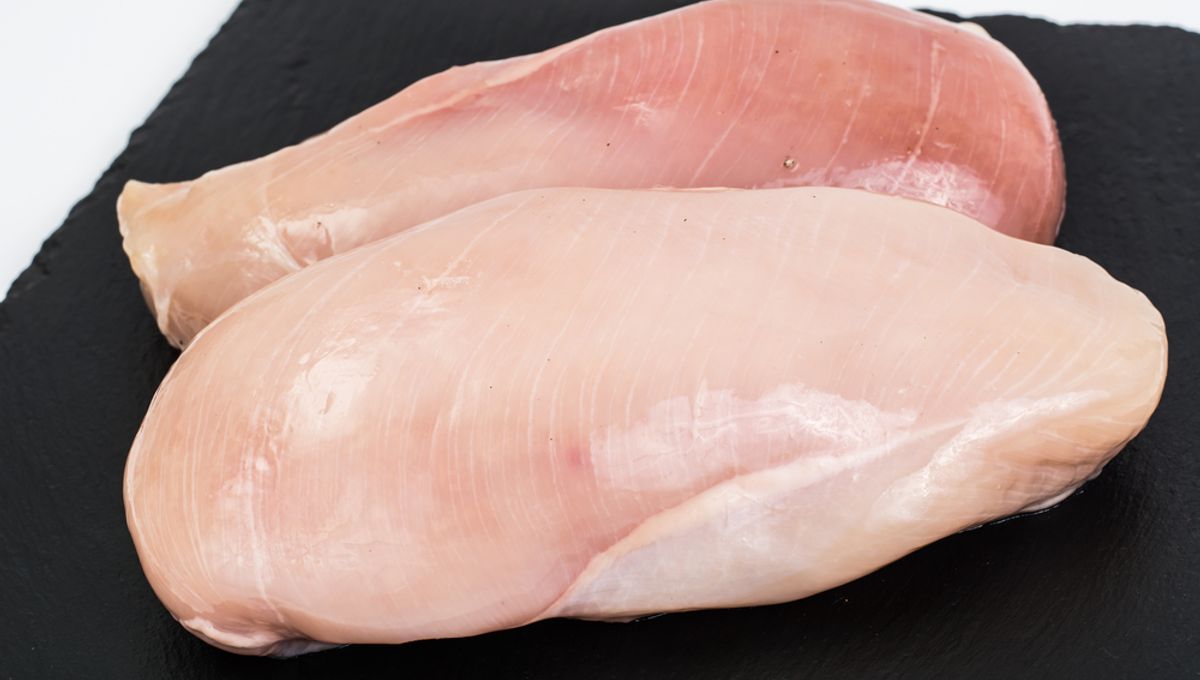
By some estimates, as many as 8 billion chickens are consumed in the US on an annual basis – or, to put it another way, the average American tucks into more than 100 pounds of chicken every year.
While fried chicken and buffalo wings have become a national institution, this was not always the case. In the early twentieth century, chickens were predominantly appreciated for their egg-laying abilities. Indeed, it was only when a bird hit retirement that they found their way to the dining room table. This changed with the appearance of broiler chickens (produced solely for their meat) and revolutions in farming techniques that enabled the mass production of poultry. According to the US Department of Agriculture, the popularity of chicken meat started to grow in the 1940s, eventually overtaking beef as the country’s favorite in 2010.
But while these innovations have made chicken more affordable and available, the rapid rise of the broiler has impacted the quality of the meat itself. Take for example, the white striping you might have seen in raw chicken breast – in 2013, food scientists at the University of Bologna investigated the chemical composition of white striping on chicken breast and reported “a large worsening of nutritional value” in chicken breast where the striping was present. Both moderate and severe levels were found to signal higher fat content, lower protein levels and a higher collagen content, indicating a lower quality of protein.
Digging into the details a little deeper, the researchers found that while a chicken breast with no white striping had approximately 0.78 percent fat, those with moderate and severe levels of white striping had 1.46 and 2.53 percent respectively. These may seem like relatively small numbers, but they are equivalent to an 87 percent increase in moderate levels and a 224 percent increase in severe levels. There was also a 10 percent and 5 percent decrease in protein levels in chicken breasts with severe and moderate white striping.
The researchers attribute the increase in white striping to the widespread use of modern hybrid chickens, which have been specifically selected for their rapid growth rate and size. In 1925, it took birds, on average, 112 days to reach “market age”. Today, it can take as little as 6 weeks. At the same time, a 21st-century bird is roughly twice the size of its 1950s counterpart.
The study’s authors state the “chemical composition of white striped fillets can be due to the occurrence of a degeneration process for muscle fibers” and say it is likely intensive genetic selection has “fostered some modifications in muscular anatomy and metabolism.”
Broilers may be a relatively new phenomenon but the history of chicken farming is much longer. Modern day birds are the descendants of the red junglefowl (Gallus gallus) that inhabited Southeast Asia some 10,000 years ago and archaeological evidence suggests humans were eating domesticated chicken as early as 1,650 BCE. As we head into the future, we may be swapping farmed chickens for lab-grown chicken nuggets.
Source Link: What Are The White Stripes You Find On Chicken Breasts?